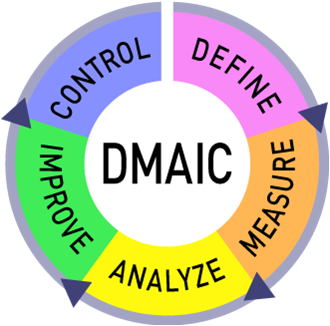At the P2 conference last week, I had the opportunity to chat with a land administration systems controller from an upstream company here in Texas about data management. Her company is in the process of divesting a number of assets, and her job is to look at the data related to those assets and determine a value so they can be sold. As she shared with me, it took four weeks just to evaluate that data and conclude that none of it was consistent.
For any one divestiture, this data integrity issue is a problem, but particularly as this land administrator looked at the need to scale to many divestitures, the big questions was, “How can we value our assets at any rate of speed?” In addition, this raised doubt across the board about the quality of the data going into any of their systems.
 One possible way to address this problem is using the Six Sigma strategies of define, measure, analyze, implement, and control to create a master data management solution.
One possible way to address this problem is using the Six Sigma strategies of define, measure, analyze, implement, and control to create a master data management solution.
Define: We know that data is being entered into different systems differently, this is the problem that must be fixed.
Measure: Determine what a good measure of data integrity is, so we know what to drive towards.
Analyze: Look at data input, is it being done correctly? If not, why?
Implement: Master data management creates a system of record for maintaining data integrity.
Control: Start all over again, and determine if the new solution is solving the problem. If successful, the number of errors should go down over time. Iterate until a final solution has been reached.
For more on taking a step by step approach to data, download our Data Management Action Plan today!
